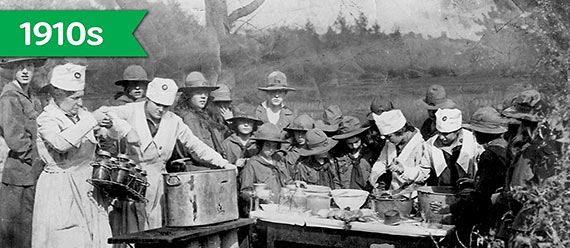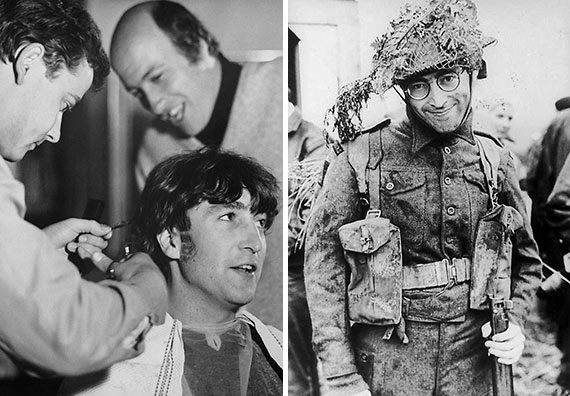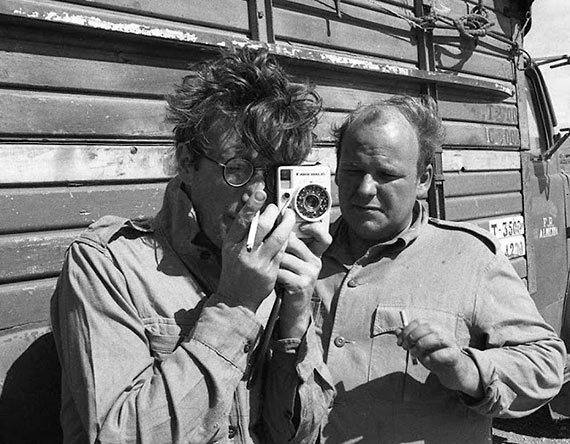Facts About the Taj Mahal

- The construction of the Taj Mahal began in 1632 and was completed in 1653. It took a total of twenty two years to complete the construction of this monument.
- The architecture of the Taj Mahal is a combination of Indian, Persian and Islamic styles of architecture.
- The name of the architect of the Taj Mahal is Ahmed Lahauri.
- The Taj Mahal was Shah Jahan’s imagination of Mumtaz’s home in paradise.
- Around 20,000 people worked day and night for twenty two years to complete construction of the Taj Mahal.
- The Taj Mahal was constructed using the best quality marble from Rajasthan, Tibet, Afghanistan and China.
- At different times of the day the Taj Mahal appears to be in a different color. Some believe that these changing colors depict the changing moods of a woman.
- The Taj Mahal is one of the seven modern wonders of the world and is also a UNESCO World Heritage Site.
- There was a popular myth that Shah Jahan was planning to construct a black Taj Mahal across the Yamuna, this is not true.
- Another popular myth around the Taj Mahal is that after the construction of the Taj Mahal, Shah Jahan cut off the hands of all the workers so that such a structure could not be built again. Fortunately, this is not true.
- The Taj Mahal has a mosque in its premises, which is why the Taj Mahal is closed on Fridays and only those going for customary prayers are permitted inside the Taj Mahal.
- By the late 19th century, the Taj Mahal had been defaced by the British soldiers who chiseled out precious stones from the walls of the monument. At the end of the 19th century, British Viceroy, Lord Curzon, ordered a restoration of the monument and also gifted a large lamp which hangs in the interior chambers of the Taj Mahal.
- In 2000, an Indian writer P.N. Oak claimed that the Taj Mahal was actually a ShivTemple and filed a petition with the Supreme Court of India to excavate the site of the Taj to look for proof. His petition was rejected by the Supreme Court.
- In 2001, the UNESCO documented more than two million visitors to the Taj Mahal.
- India’s’ Nobel Laureate, Rabindranath Tagore, referred to the Taj Mahal as a “tear drop on the cheek of time”.
- Calligraphy on the tomb of Mumtaz identifies and praises her.
- The four minarets of the Taj Mahal have been constructed slightly outside of the plinth so that in case the minarets fell, they would fall away and not on the main structure.
- After his death, Shah Jahan was laid to rest in the Taj Mahal besides the tomb of his wife Mumtaz.
Girl Scout Cookie History
An icon of American culture

For more than 100 years, Girl Scouts have helped ensure the success of the iconic annual cookie sale — and they’ve had fun, developed valuable life skills, and made their communities a better place every step of the way. Founded by Juliette Gordon Low in 1912, it was organized after Low met Robert Baden-Powell, the founder of Scouting, in 1911. Upon returning to Savannah, Georgia, she telephoned a distant cousin, saying, “I’ve got something for the girls of Savannah, and all of America, and all the world, and we’re going to start it tonight!”
Girl Scout Cookies had their earliest beginnings in the kitchens and ovens of girl members, with moms volunteering as technical advisers. Girl Scouting in the U.S. officially began in 1912, when Low organized the first Girl Guide troop meeting of 18 girls in Savannah, Georgia. The advent of selling cookies started when the Mistletoe Troop in Muskogee, Oklahoma, baked cookies and sold them in its high school cafeteria as a service project. In 1917, it concentrated on a way to finance U.S. troop during WW1. Today, It has since grown to 3.7 million members. .
1994: Chronicle of Philanthropy poll showed Girl Scouts ranked by the public as the eighth “most popular charity/non-profit in America” among more than 100 charities. It describes itself as “the world’s preeminent organization dedicated solely to girls.”
2016: Girl Scouts took the stage at the Academy Awards to sell cookies to Hollywood A-listers, beginning to the nationwide celebration of the 100th Anniversary of Girl Scouts selling cookies. That continued with the introduction of Girl Scout S’mores, which quickly became the most popular new cookie to launch in our history.
2020: Justin Timberlake started a fierce debate on social media when he declared Samoas to be his favorite Girl Scout cookies over Thin Mints.
Famous People who were Girl Scouts:
- Michelle Obama
- Lucille Ball
- Taylor Swift
- Martha Stewart
- Mariah Carey
- Meryl Streep
- Katie Couric
- Meghan Markle
- Venus Williams
- Queen Elizabeth II
- YouTube CEO Susan Wojcicki
- Hilary Clinton & daughter Chelsea
John Lennon and How I Won the War
How I Won the War is a 1967 British black comedy directed by Richard Lester, based on a novel of the same name by Patrick Ryan. The film stars Michael Crawford as bungling British Army Office Lieutenant Earnest Goodbody, with John Lennon (in his only non-musical role, as Musketeer Gripweed).
The movie follows the attempt of the British Army’s “3rd Troop, the 4th Musketeers” to build a cricket pitch behind enemy lines in WW II Tunisia, lampooning the absurdity of the war.
Lester, having worked with Lennon previously in A Hard Day’s Night and Help!, was astutely aware of his cynical Liverpudlian persona and tailored Lennon’s character along those lines.
- Clapper (*Roy Kinnear): “You married?”
- Musketeer Gripweed (Lennon): “No, I play the harmonica.”

In order to play the period character, Lennon had to cut his Beatle mop top hair-style. A four-inch lock cut by a Germaharatern barber in 1966, sold for $35,000 at an auction, according to Heritage Auction in Dallas, Texas.
*Roy Mitchell Kinnear (1934 –1988) was a British character actor best known for his roles in films directed by Richard Lester; including Algernon in Help! (1965), Clapper in How I Won the War (1967), and Planchet in The Three Musketeers (1973), reprising the latter role in the 1974 and 1989 sequels, and cruise director Curtain in Juggernaut (1974).

On September 19, 1988, Kinnear fell from a horse during the making of The Return of the Musketeers in Toledo, Spain, and sustained a broken pelvis and internal bleeding. He was taken to hospital in Madrid, but died the next day from a heart attack, brought on by his injuries. Lester, who had become close friends with Kinnear, quit the film business as a direct result of Kinnear’s death.